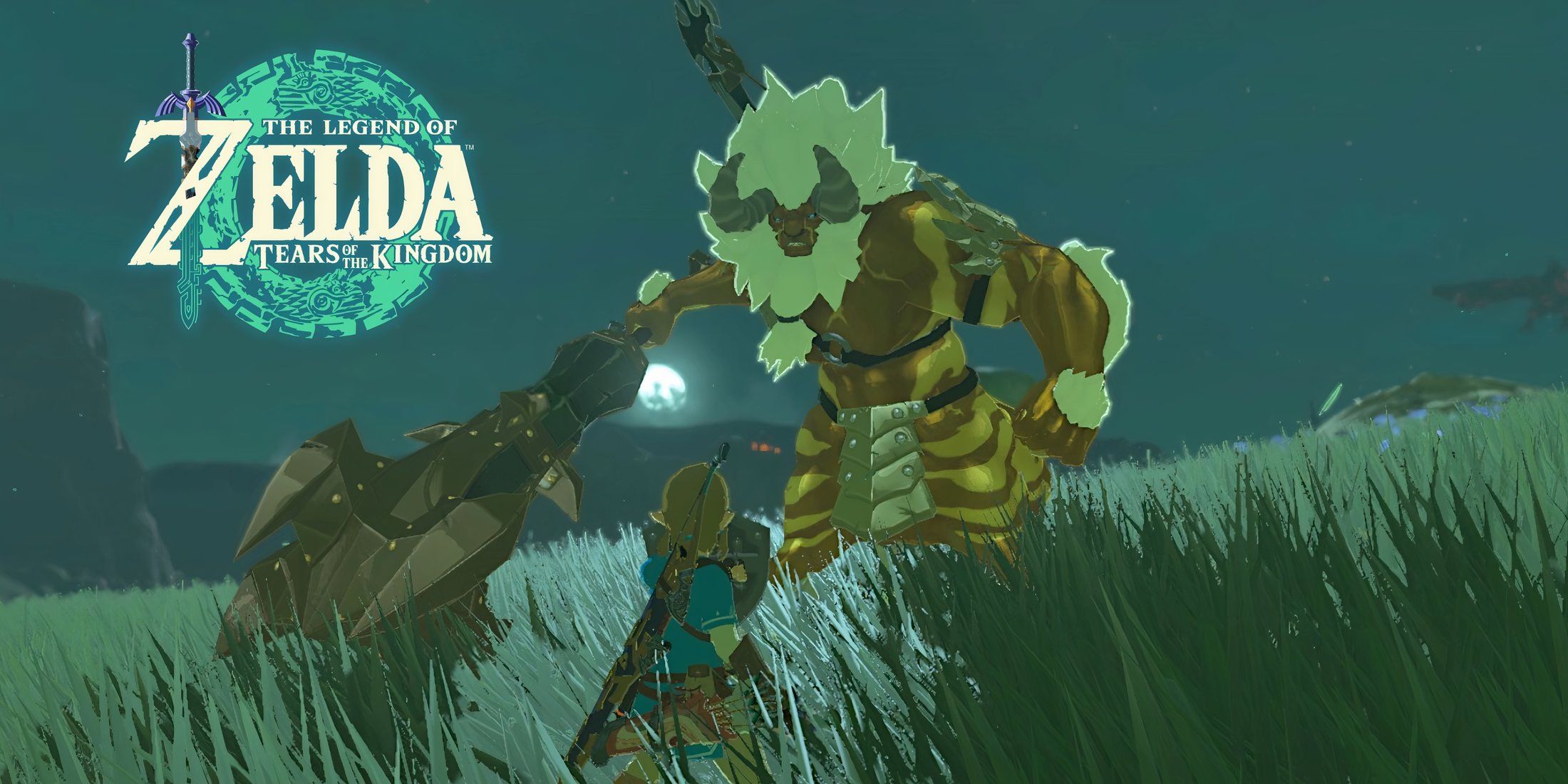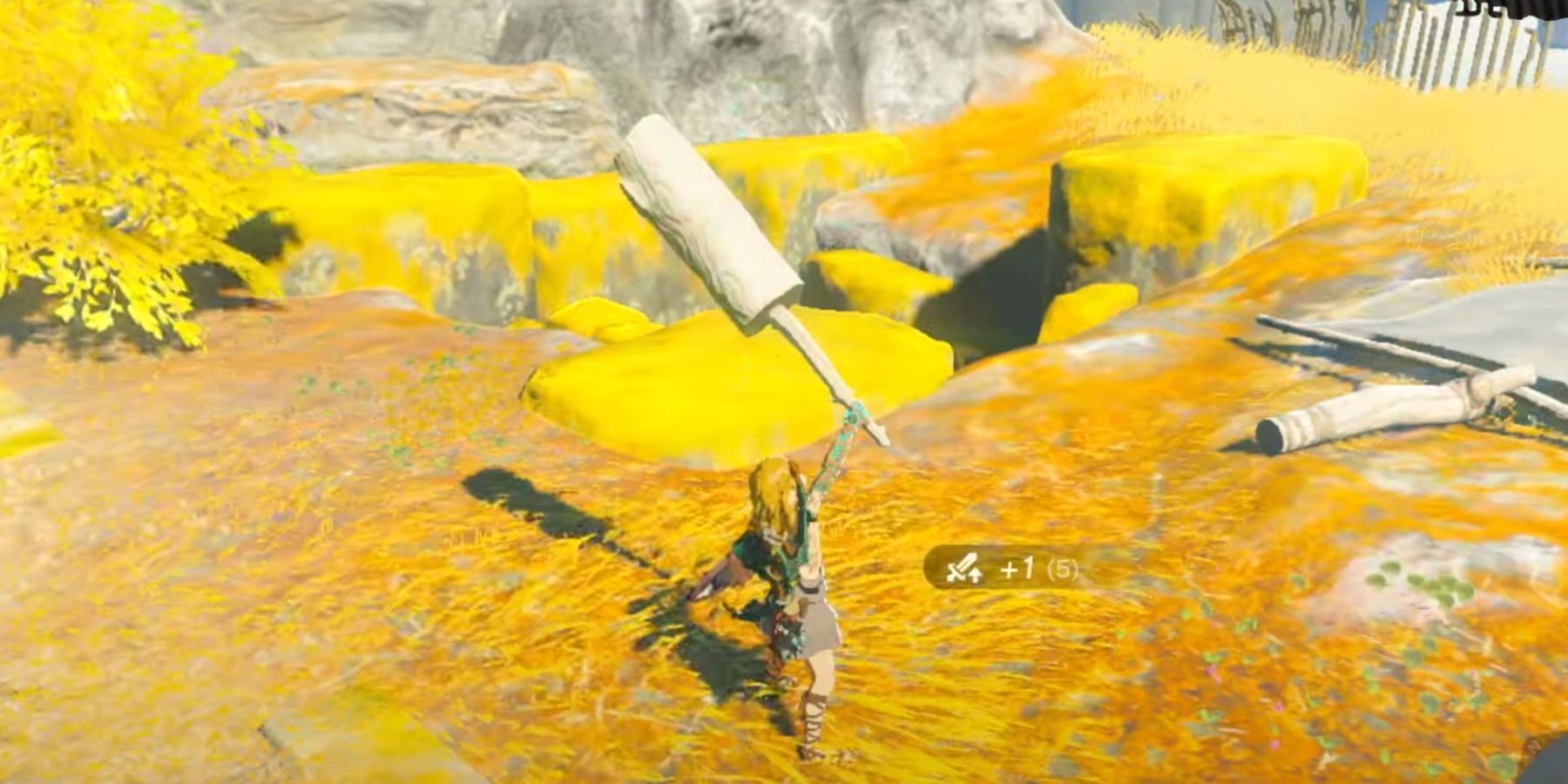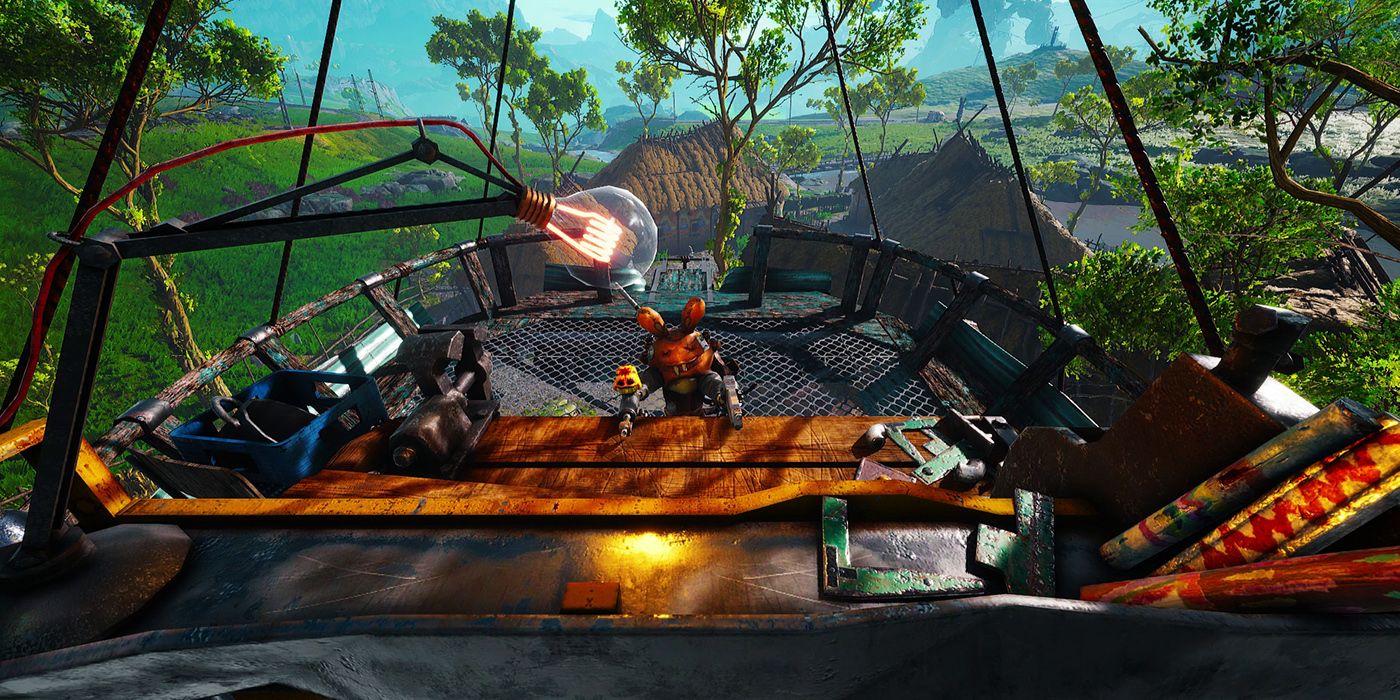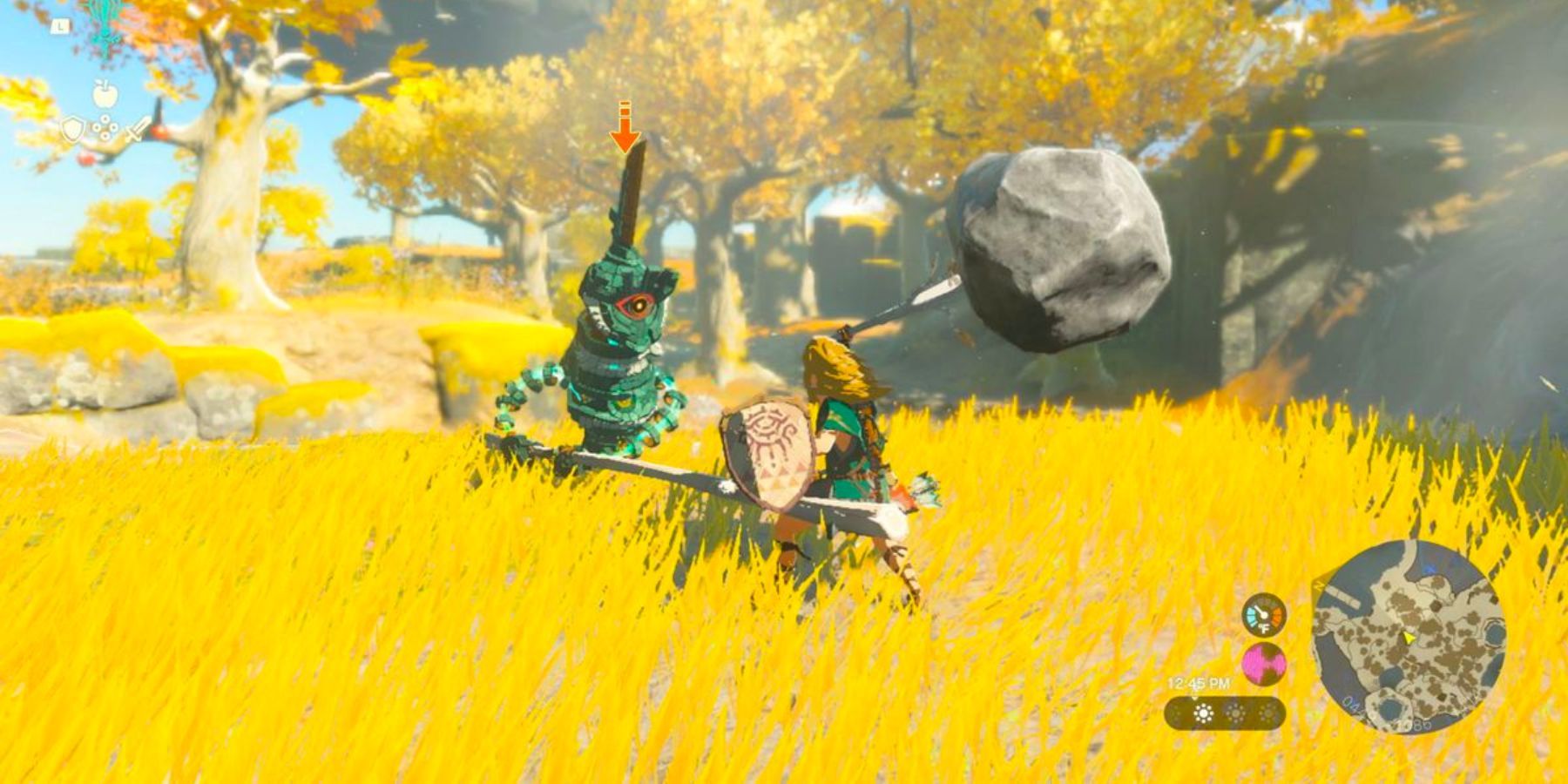Soon, Zelda fans and open-world aficionados will get their hands on The Legend of Zelda: Tears of the Kingdom. The anticipated sequel to 2017’s Breath of the Wild promises to expand its predecessor’s open sandbox further, granting players the sort of freedom they might expect from Minecraft or Valheim. Gluing many physics objects together with Ultrahand and combining practically anything into a weapon with Fuse opens the door to near-unlimited creativity, and that’s not all Tears of the Kingdom has in store. It stands to set another example for the open-world genre.
All of this inspiration didn’t come from nowhere, however. There have been countless open-world games leading up to Zelda’s take on the genre, and many have worked in crafting mechanics. Most didn’t come anywhere close to the ambition Tears of the Kingdom now displays, but some have tried. One of the most recent attempts may surprise those who passed it by, but 2021’s Biomutant had an especially robust crafting system. Impressive as it was, looking back now emphasizes just how far Tears of the Kingdom has taken crafting.
Crafting Offered a Personal Touch to Biomutant
Biomutant didn’t impress in a lot of ways, with many aspects disappointing fans who were waiting for the long-anticipated release. Narrative was not the game’s strong point, with Biomutant's omnipresent narrator becoming widely disliked. Its open world felt empty, and while combat options were plentiful, most encounters were easy and repetitive. Still, there was a lot of design work supporting those fights, and a fair amount of it went into Biomutant’s crafting system.
Building and adjusting one’s own weapons puts a strain on resources, and players need to learn how to read the various tags and stats attached to each part. Doing so is worthwhile, as Biomutant goes out of its way to label every function of any piece. Although the different parts do need to occupy certain slots in general weapon blueprints, players can unmake and remake their weapons whenever they please. The results may be a visual mess, but different attributes and uses of weapons will keep changing and improving throughout the playthrough.
Tears of the Kingdom Goes Where Biomutant Could Only Dream
The freedom offered by Biomutant’s many crafting parts offers the player a lot of opportunities for creativity, but not as many as Tears of the Kingdom’s. It’s currently unclear if Fuse can affect any more than two items at once, but those two can be any items. Whether it’s a drop from a monster or a piece of ancient Zonai machinery, Link can instantly stick two objects together to form a weapon, shield, or special arrow. The limits will become more clear once Tears of the Kingdom launches, but they seem more generous than any other open-world game with crafting.
Biomutant was onto something when it allowed players the freedom to connect any parts that could, by mechanical definitions, go together - regardless of the cosmetic and gameplay results. That kind of player expression is a joy to experience, and it’s exactly that feeling Tears of the Kingdom drills down on. By removing the restriction that something must be labeled as a weapon part to be infused into one, Tears of the Kingdom offers a gameplay hook that should keep players invested for hours by itself. Other games may not be able to match such an ambitiously broad crafting mechanic, but Zelda has a lot of crafting oriented titles to thank for laying the groundwork.
The Legend of Zelda: Tears of the Kingdom launchs on May 12 for Nintendo Switch.






